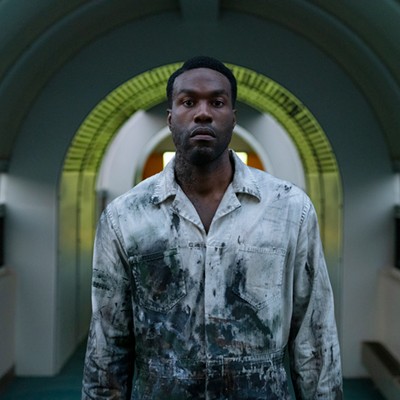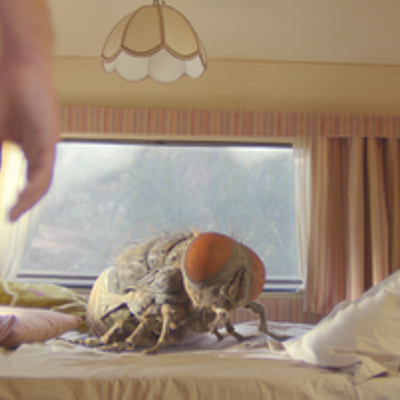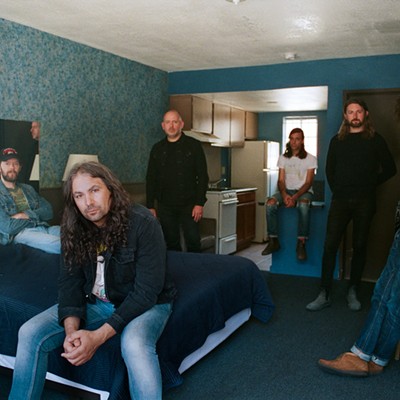When a show " take "ER," for example " has been around for a long time, it's easy for people to start thinking it has more cultural significance than it really does.
"A Prairie Home Companion" is a radio show that has been broadcast from St. Paul, Minn., for almost 40 years. While the show doesn't seem to be "about" anything in particular, it's geared toward conveying a pastiche of local dorkiness chosen by the show's creator/dictator, Garrison Keillor.
For whatever reason, documentarian Peter Rosen ("Who Gets to Call It Art?") " acting here as director, producer, cinematographer and editor " has given Keillor an "American Masters"-style treatment in "Garrison Keillor: The Man on the Radio with the Red Shoes."
The movie " screening 7:30 p.m. Thursday, 5:30 and 8 p.m. Friday and Saturday, and 2 p.m. Sunday at the Oklahoma City Museum of Art " follows Keillor as he lopes from place to place, acting like he's thinking deep, profound thoughts about everyday things like trees, birds, buildings and such. While the meaning of the title isn't readily apparent, Rosen includes several shots of Keillor's red tennis shoes throughout to remind us what we're watching.
PONTIFICATE
The overall portrait of the "artist" is more impressionistic than informative. We don't learn much about Keillor, either personally or professionally. He started out in radio a long time ago, got the idea for "Prairie Home Companion" in the 1970s, and has been doing the show ever since. He likes to pontificate to whoever happens to be standing around, offering shallow insight on writing (it's "a process of discovery," in case you were wondering), the lost art of radio sound effects and the "authenticity" of mediocre local musical performers.
Aside from the awkwardness of the humor and performances in general, the most irritating thing about Keillor's show is Keillor and his projected sense of arrogant self-importance. He seems convinced that he is chosen to channel the experience of His People, the marginalized of the Northern wastes. Keillor speaks of every single thing that comes to his attention as if it were of utmost significance and importance, whether it's a leaf, a car, a trip to New York or a thought he has about rhubarb.
It's the same thing with the red shoes. There's no clear meaning attached, but it's implied that they're a signifier for some quirky quality that is tied up in Keillor's supposed identity as a Great Man. This inability to filter out the irrelevant, and its corresponding lack of regard for the audience's need to follow a coherent narrative, makes what could have been a cheerful 90-minute jaunt through regional-interest theater feel like a short eternity hanging out with a boring old jackass.
On the other hand, one gets the sense that this movie wasn't made to attract new Keillor fans, but to let people who already like him fawn over his random platitudes.
If you don't like Keillor or don't know if you like Keillor, you should probably skip it. But if you do like Keillor and think he's as clever as he seems to think he is, you'll probably have a good time. "Mike Robertson












